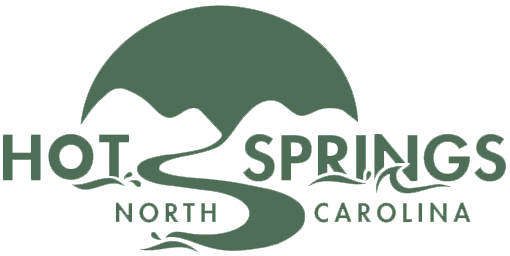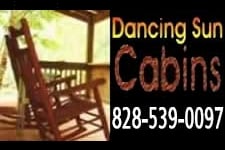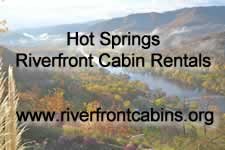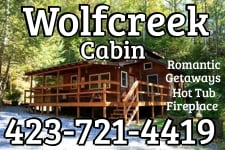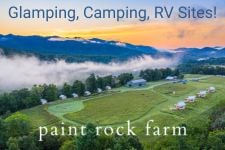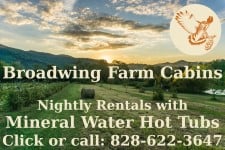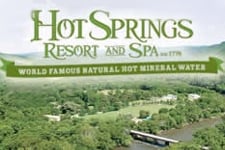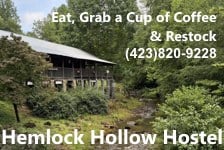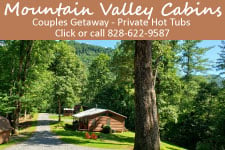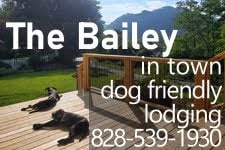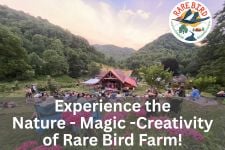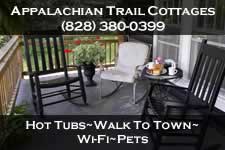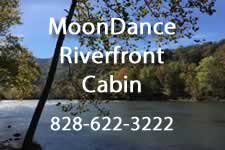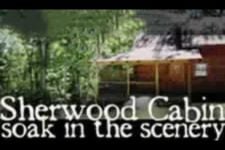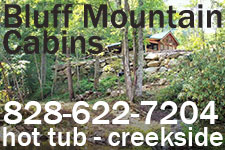A submission written by Jim Hickey
Part Four of this five-part initiation to Hot Springs’ ginseng context, which appeared in the previous posting of this series, dealt with spiritual and ecological elements of this floral marvel. It also proffered a small sample of the mythic and legendary pieces of the Panax puzzle. Today’s installment introduces a concluding segment. Herein, we will offer readers a chance to notate and remember events and occasions in and around Hot Springs that will further enhance their awareness, in the words of Cherokee lore, of this “most powerful magician.”
Part of ginseng’s legerdemain (def: ~trick) may be congruence. Each new installment of this reasearch process has linked to multiple other matters that at first wouldn’t have seemed possible to connect to the original line of inquiry.
Hot Springs connects to Hong Kong; a search for wellness has environmental and legal repercussions; awesomeness and adoration can lead to extinction. These and other connections typify this kind of effort, and, really, we’ve only covered the merest modicum of the entire story.
Thus far, readers will have met up with ‘sang’ in the wild, or in what growers term ‘simulated wild’ conditions, which help this storied herbal remedy to its richest output of ginsenosides. Nature or nurture either one can fructify this plant to yield its most powerful expression. The upshot has ended up as a marketplace of ideas in which one has at least a minimal degree of consciousness about where healing might originate and how its parameters might materialize in the real world.
A final aspect of this process involves not only learning about and seeing and having access to direct and mediated experiences of ginseng’s presence, but also having chances to partake of and participate in and, of course, purchase Quinquefolius’ many forms of address, so to speak. Along these lines, local events and happenings that at least refer to, or touch on, the medicinal applications of ‘sang’ are plentiful.
They include booths and tents at popular gatherings where herbalists set up shop. In particular, the Bluff Mountain Festival in June, the French Broad River Festival in early May, and Trailfest, at the end of April, will present plant practitioners and naturalists galore to all and sundry in attendance. A more grassrootsy event, the weekly Hot Springs Market every Saturday beginning in April, also graces its followers with plenty of herbs and spices. And that’s just in Hot Springs over the next few months.
The Sunnybank Inn, according to innkeeper Elmer Hall, hosts an annual medicinal herbs workshop, this year taking place in June. Popular, respected practitioners Lauren Haynes and Ali Banks entitled their August, 2018 program like this: “Using Healing Herbal Medicines.” As often happens, more people wanted to participate than seating permitted—a word, to the wise, is sufficient.
Similarly, the Laughing Heart Lodge, while it emphasizes yoga in the hills, also has an annual Winter Wellness retreat, just past, that offers attendees information about and access to healing herbs. Again, this merely mentions a couple of recent happenings here in Hot Springs—greater Western North Carolina (WNC) overflows with such opportunities.
Eagle Feather Organic Farms in nearby Marshall, as noted above, presents the Ginseng King, Robert Eidus, whose business venture merits close attention. The North Carolina Goldenseal and Ginseng Company uncovers what he calls a close kinship between the two plants, called ‘brothers’ in First Nation mythology, which also frequently blossom near each other in nature. In the event, he also deejays a program, “Plants & Their Friends,” on Marshall’s low power radio station WART-FM. The show gives Eidus plenty of chances to speak and teach about the green gifts that ginseng epitomizes with such potent force.
Of course, travelers flock to Hot Springs and WNC for all kinds of reasons: exercise, relaxation, beauty, as well as for insight and learning and knowledge. What again and again astonishes those who make the trek is how entertainment and fun in an Appalachian context, or in many truly wild environments, inextricably intertwine with life’s lessons and general wisdom, as if they were byproducts of nature’s organic intervention.
In his Desert Solitaire, the writer, storyteller, environmentalist, and adventurer Edward Abbey aptly summarized sensibilities that in many ways perfectly and pointedly describe Hot Springs. “This is the most beautiful place on Earth. There are many such places. Every man, every woman, carries in heart and mind the image of the ideal place, the right place, the one true home, known or unknown, actual or visionary.”
For many of us, the plants that surround us, especially ones like Ginseng that burst with vitality and serve as tonics for our hearts and minds, are our fellow travelers in the search for homeland. This recognition of life’s sweetly proficient interconnections may indeed be a core component of healthy, happy living.
